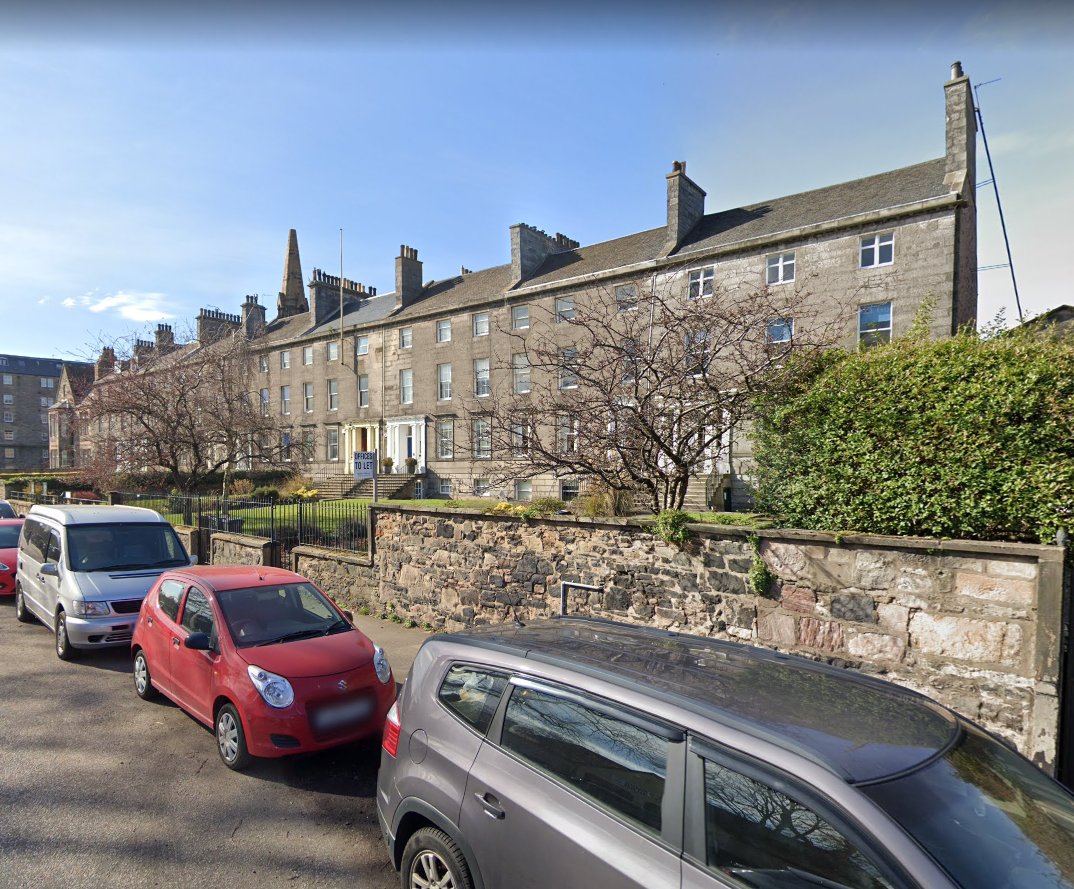
Today's Auction House Artefact is this 1777 cook book, "COOKERY and PASTRY.
As taught and practiced by
Mrs MACIVER
Teacher of those arts in Edinburgh"
As taught and practiced by
Mrs MACIVER
Teacher of those arts in Edinburgh"

But this is not just any old cook book, this is a very special cook book. In fact, if you were a member of Enlightenment Edinburgh's genteel classes, this was *the* cookery book.
"Mrs Maciver" (Or Mciver) was Susanna Maciver, born c. 1709. In her own words, "her situation in life hath led her to be very much conversant in Cookery, Pastry etc. and afforded her ample opportunity of knowing the most approved methods practiced by others"
She goes on "Some years ago she opened a school in this city for instructing young Ladies in this necessary branch of female education, and she hath the satisfaction to find that success hath accompanied her labours"
Running a school for other women was one of the few business opportunities open to an enterprising lady in Georgian Edinburgh. And clearly Mrs Maciver was both enterprising and successful in her chosen career path.
Mrs Maciver's book was *the* guide to entertaining in Georgian Edinburgh, covering all the recipes you or your cook may need, and details such as how to lay the table correctly.
People still dined "service à la Française", where a whole range of dishes were put on the table at the same time and would be replaced as they were finished, rather than in discrete courses.
So any hostess had to know where to place the Brown Soup, and when to remove it, where the Small Tarts went, how to Powder Rumps etc. The prospect of serving trifle alongside the pigeon pie may seem odd to us but it was the height of sophistication! 

Helpful "general observations" were also included in the book, such as the correct order of serving your boiled, baked and roasted meats. 

Mrs Maciver's school was in Steve/Stane/Stonelaw's Close off the High Street - #74 on Edgar's 1765 town plan - handily located for the city's produce markets centered on the Tron (a Tron was at one time a public weigh beam for the markets). 

The school had been established some time when her book was first printed in the 1770s, and is listed in Edinburgh's first post office directory, that of the similarly enterprising "Indian Peter" Williamson in 1784 

One of Mrs Maciver's recipes was "Robert Walpole Dumplings", a stodgy, fatty, rotund pudding served soaked in alcohol. Whether or not this was a homage to, or a clever mocking of "Cock Robin" is a secret that only she will know. 

But Mrs Maciver's greatest contribution to Edinburgh and Scottish life in general was to publish the first ever "standard" Haggis recipe north of the border. (Yes, shockingly, Haggis has a longer record in English cuisine than Scottish). 

When Burns immortalised the Haggis in Scottish culture with his eponymous address of 1787, there is every chance he was referring to something made to Mrs Maciver's recipe; the haggis at this time being a rich dish for the upper classes to enjoy alongside their trifle.
And speaking of trifles, it was Mrs Maciver's book that has one of the earliest recipes for what we would recognise as a "modern" trifle. 



Mrs Maciver published 2 editions of her book, the second of which was in 1788 and was published in Edinburgh and London, being advertised in the London Morning Post for sale at 2 shillings and sixpence. 

This elusive but important lady died on August 23rd 1790 at "Jamiesons" in the Canongate, aged 81 years old of "decay" (contemporary speak for dying of old age of specifically unknown reasons)
But that was not the end of the story - because Mrs Maciver had a protégé, Mrs Frazer, who took on the school and the book, updating and expanding it and issuing subsequent editions. She describer herself as the "sole teacher of these arts in Edinburgh". 

Of Mrs Frazer (later rendered as Fraser), I can find nothing, the surname is much too common to get lucky on Scotland's People and no forename is given anywhere.
But by 1806, she had moved the cook school, now described as a "pastry school" to Milne's Square, opposite the Tron Kirk, still handy for the markets. 

The school is listed in the post office directories under her name until 1831-32, after which it disappears for a few years then a school under Miss Fraser appears at 69 Northumberland Street. I have made the assumption this was a daughter.
You can read a digital version of Mrs Maciver's cookbook online and it is still published in a modern facsmilie edition; google.com/books/edition/… 👈🔗
If you fancy the original, bids start at £200 and this book generally sells for £4-500 when it comes up. the-saleroom.com/en-gb/auction-…
And if you want to get a bit closer to the wacky dining habits of Enlightenment Edinburgh, I recommend a trip to the @N_T_S Georgian House who have a great display and description of the eating, drinking and cooking habits in the dining room and kitchens nts.org.uk/visit/places/g…
So if you want to pay homage to the great, great, great, great, grandmother of Scottish cuisine, why not do as the Georgians did and serve yourself up a haggis and trifle this weekend? 🔚
Unrolled thread. 🧵 threadreaderapp.com/thread/1528850…
• • •
Missing some Tweet in this thread? You can try to
force a refresh












